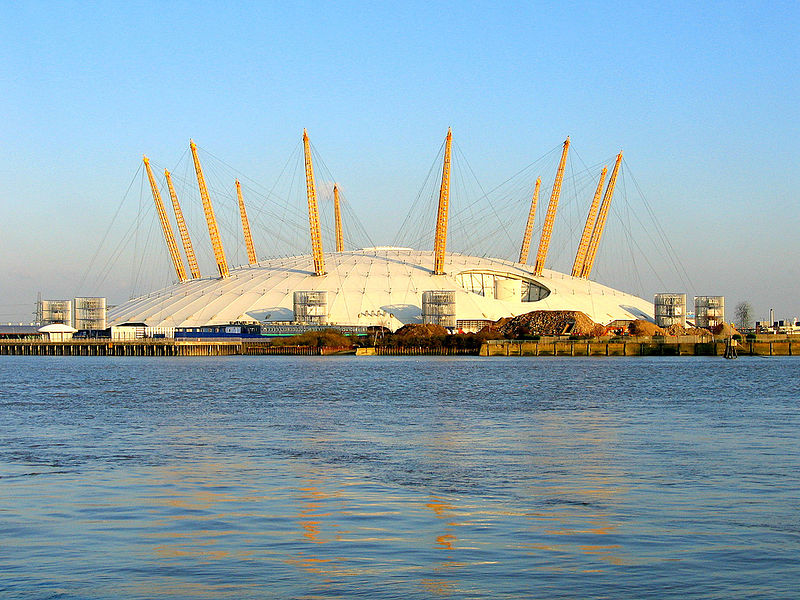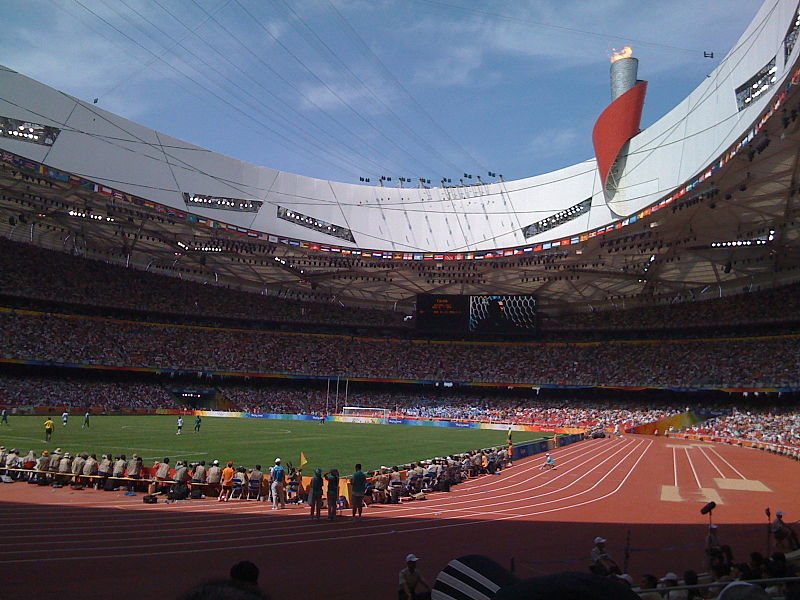Farndale's PM Lessons Learned
Millennium Dome
Millennium Dome (also sarcastically called the Millennium Tent) was one of the most controversial public works projects ever undertaken in the UK, complete in 1999. The project included building the canopy-roofed structure and the exhibits inside and then running it for one year as a turn-of-the millennium London attraction. It attracted only low attendance during the year, and then lay empty for several years until it found another use and was renamed as “The O2”. Lessons: Governance structure was too complex; a “grand vision” does not necessarily translate into an appealing (exhibition) result; management did not pay enough attention to how to market and run a tourist attraction; and did not think about subsequent usage. Despite earlier hesitations and scope changes, pouring money into crashing and fast-tracking actually can accelerate a schedule to complete on time.

This is part of a series of blogs about recently completed projects, thanks to my University of Toronto Master of Engineering students for their much more detailed reports.
Canada Line
The Canada Line project built a 22-km rapid transit line connecting Vancouver to its airport, completed in 2009. It was completed by Public-Private Partnership ahead of schedule, and ridership exceeds the business case assumptions. I have taken it… great way to get from downtown to the airport in 24 minutes! Next time: Pay attention to public and business disruption along any rapid transit route. Don’t discriminate against migrant workers.
This is part of a series of blogs about recently completed projects, thanks to my University of Toronto Master of Engineering students for their much more detailed reports.
Bird’s Nest
Beijing National Stadium, or Bird’s Nest, was built for the 2008 Olympics. It is considered quite a successful project, with leading edge Swiss-based design and completion in time despite scope changes. On the other hand, its construction safety record is contested (either 2 or 10 deaths), and since the Olympics the stadium has been underutilized. It is called a Public-Private Partnership even though the government owns most of the private-sector partners. Lesson: Don’t be shy about using a leading-edge design if you can be disciplined in your management.

This is part of a series of blogs about recently completed projects, thanks to my University of Toronto Master of Engineering students for their much more detailed reports.
High Speed 1
High Speed 1 is a 108 km railway between London and the Channel Tunnel with speeds up to 300kph, completed in 2007. It started as a Design-Build-Finance-Operate 60-yr concession. This example of transfer to risk to the private sector fell apart because it became apparent that the revenues from operation were going to be much much lower than had been projected, partly because of competition from low cost airlines. Later, an NEC2 contract (a type of Cost-Plus-Incentive-Fee contract) was used. There are some good examples of attention to safety culture, archeology and environmental considerations. At present, the completed operations are being managed by a joint venture including the pension fund of Ontario school teachers.
This is part of a series of blogs about recently completed projects, thanks to my University of Toronto Master of Engineering students for their much more detailed reports.
Shared Services in the Department for Transport
Shared Services in the Department for Transport project, UK, first phase complete 2007, later abandoned. “Stupendous incompetence” in the project management, says the Cabinet Office for many reasons. A significant early problem was the business case which grossly overestimated the expected benefits. Others were a lack of strong PM competence, and a lack of competitive RFP. With characteristic British understatement, there are plans to “improve the governance” in the Department.

This is part of a series of blogs about recently completed projects, thanks to my University of Toronto Master of Engineering students for their much more detailed reports.
